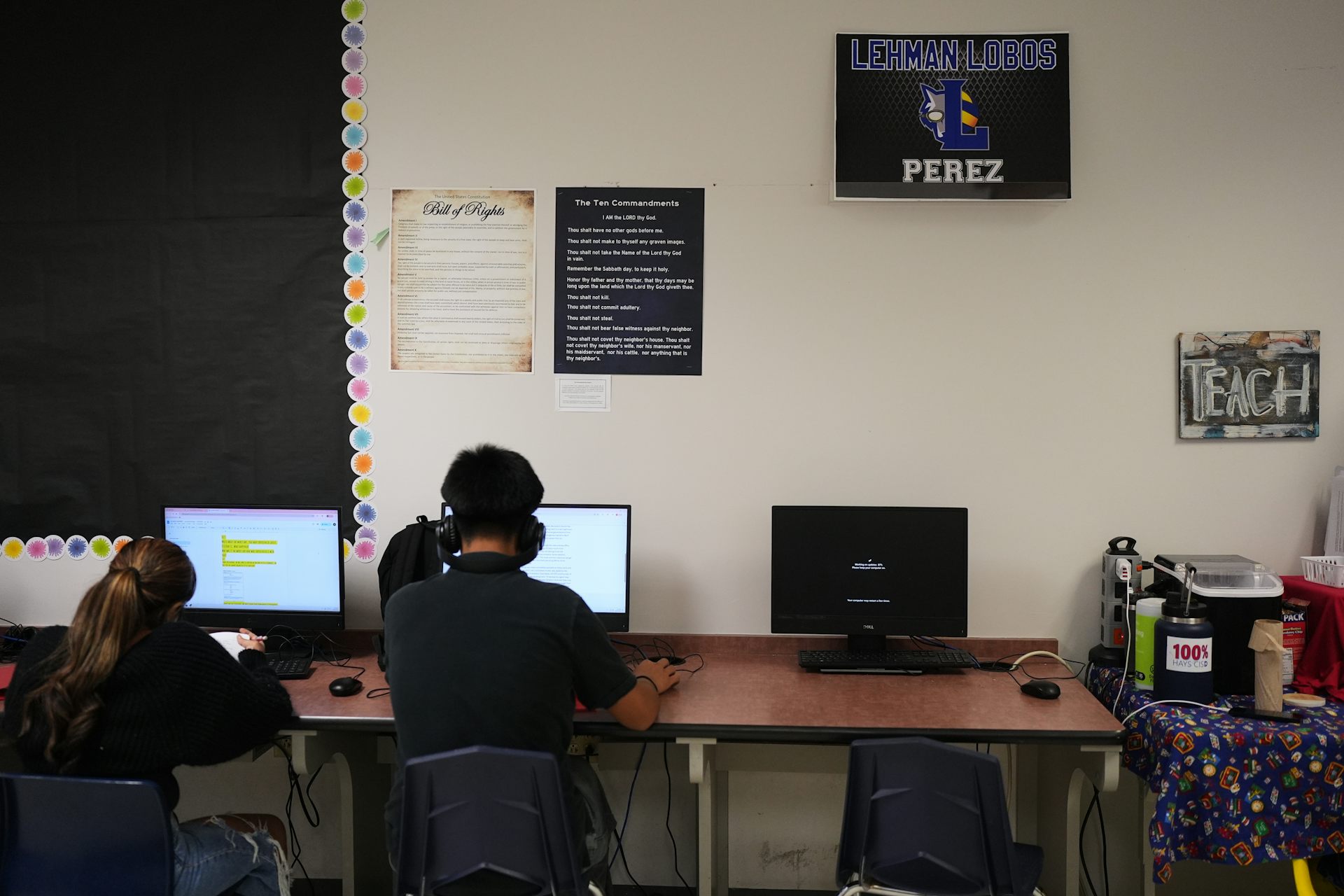More DREAMs come true in California: How tuition waivers opened doors for undocumented students
When researchers took a close look at transcripts for thousands of California community college students, they discovered an encouraging trend in enrollment for undocumented students.

California decided to crack open the door to higher education a little more for undocumented students through the California DREAM Act.
In a new study of the impact of this 2013 policy, education researcher Samantha Astudillo and I discovered that it helped put undocumented students on equal footing with students who are U.S. citizens in terms of how many credits they take each semester.
The policy – which takes its name from students known as “Dreamers” – offers the students state grant aid and community college fee waivers. This financial aid is valued at US$550 a semester for community college students. Once California made the aid available to low-income undocumented students attending community college, those students completed about two more college credits in the first semester of enrollment than prior groups. That meant undocumented students completed an average of 7.5 credits, on par with U.S. citizen students who receive aid.
Our findings carry important implications for the estimated 65,000 undocumented students who graduate from U.S. high schools each year. They also are relevant to states and advocates who are interested in expanding educational opportunity for members of this particular group, who often find themselves in legal limbo and with limited options.
Why the findings matter
The significance of our findings might vary, of course, based on one’s political views or vantage point.
For instance, this finding could be important from an economic standpoint if you think it’s a good investment for undocumented students to go to college to get the kinds of credentials that enable them to earn a living and contribute to the workforce. For those who see immigrants as undesirables, our study offers a counter-narrative – that many are just aspiring college students.
It should be noted that in-state resident tuition benefits for undocumented students have already lowered the cost of college for undocumented students in 17 states. These states include California and Texas, which have the largest undocumented populations. Still, paying in-state tuition remains difficult for undocumented students from lower-income families. That is why the tuition and fee waivers may be needed to further expand opportunity.
A closer look
Our study examined the transcripts of more than 26,000 students entering a set of California community colleges between 2011 and 2014. We could identify students who were likely undocumented because the colleges we studied collected resident status information to determine financial aid awards. About 10 percent of the students in the data fell into this category. We base this on the fact that the students checked the “other visa” box instead of other options, such as U.S. citizen, permanent resident or international student visa, to indicate their status. Also, these students appeared in the local high school data.
We determined the impact of the California DREAM Act by comparing the outcomes of undocumented students to the outcomes of U.S. citizen students before and after the policy. Citizen students served as a “control” group since the policy change didn’t affect them.
Before the California DREAM Act, some undocumented students with higher GPAs than U.S. citizen students were not enrolling in college. The promise of aid made these high-achieving undocumented students more likely to enroll.
The promise of aid also apparently led undocumented high school students to improve their GPAs between 11th and 12th grade. For instance, Hispanic U.S. citizen students increased their GPA by 0.11 points between 11th to 12th grades. This figure held steady before and after the policy. But for undocumented Hispanic students, the average change grew from 0.08 before the policy to 0.11 points afterwards. This suggests that undocumented students might have started to see college as more of a possibility and worked hard in class as a result.
The college try
I believe our findings suggest that states with in-state resident tuition policies should replicate the California DREAM Act.
If such a proposed policy draws opposition from critics who think state resources should not be given to undocumented immigrants, then perhaps free community college programs, or “promise” programs,“ for local high school graduates may be a way to support all low-income students, provided they are accessible to undocumented students.
At the very least, the results of this study show that undocumented students have dreams of completing college. Decreasing college costs through targeted financial aid policy such as the California DREAM Act can help to make more of those dreams a reality.
Federick J. Ngo has received funding from the National Science Foundation, the Spencer Foundation, and the Asian and Pacific Islander American Scholarship Fund for other research.
Read These Next
The Supreme Court’s decision on birthright citizenship will depend on its interpretation of one phra
Advocates for each side will provide a different explanation for who falls under ‘the jurisdiction’…
3 states are challenging precedent against posting the Ten Commandments in public schools – cases th
New laws mandating the Ten Commandments’ display in schools have faced lawsuits in Texas, Louisiana…
A culinary educator and local dining expert breaks down Michelin’s debut Philly list − and gives zer
The Michelin awards will almost certainly bring more tourism to the city, and more revenue to the honored…






